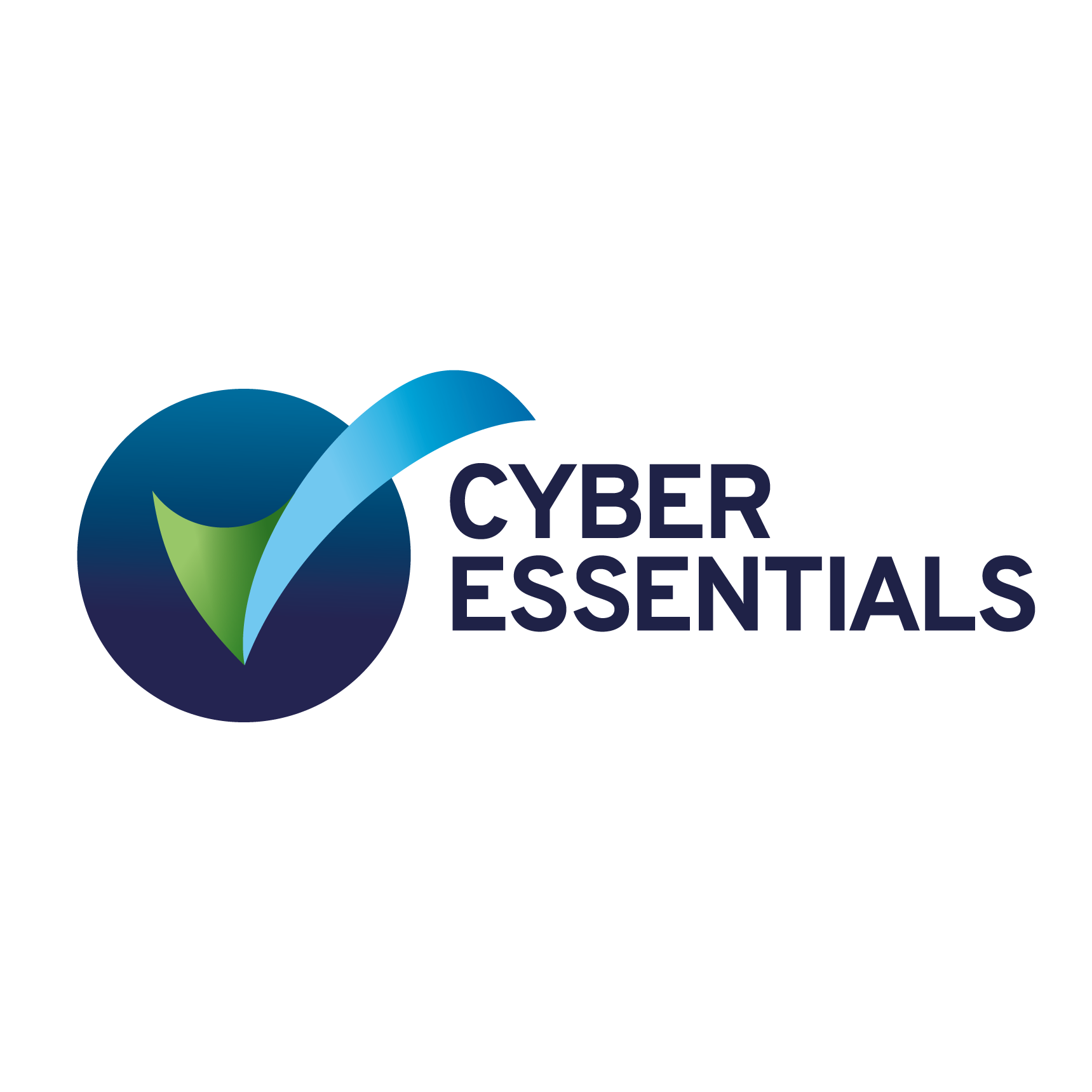SMEs Unknowingly At Risk for Cybercrime-as-a-Service
Cybercrime-as-a-service (CaaS) involves vendors supplying hacking services or tools to customers in exchange for payment. This can involve one-off payments or a subscription and gives the user malicious capability. Typically, this involves products such as: malware tools/ransomware, botnets, and phishing kits. These products, in the wrong hands, can be used to have a devastating effect on businesses.
These tools can easily be found on the internet, on many forum sites. However, certain products stemming from organised crime networks are typically only found on hidden websites on the dark web.
Increased Accessibility
The existence of CaaS creates increased accessibility to technical and malicious programs. What was previously unobtainable due to a lack of expertise becomes at their disposal, at a price. The typical users of CaaS have some level of technical ability but not enough to program their own software or create their own exploits from scratch. CaaS opens opportunity for these people to become a threat without the know-how.
Increased Anonymity
Operating under the name of a vendor’s program or scheme increases the anonymity of the attacker. Instead of the individual assuming the blame, it is often absorbed to some extent by the greater group that provided the service. In some instances, such as Ransomware-as-a-Service (RaaS), the individual attacker may be able to operate completely anonymously due to the group providing hosting, a web portal, and a communication panel.
Risks to SMEs
The increased accessibility created by CaaS poses a threat to small and medium sized businesses. The inexperienced hackers are given the capacity to attack businesses that are not properly protected by using purchased or rented software, with confidence that they are anonymous. The targets tend to be those which have a smaller number of resources and therefore struggle to prioritise cybersecurity.
It also creates a threat from disgruntled employees or other personal feuds. Even those with zero computer network knowledge can pay for access to a botnet and bring your business operations to a halt.
Looking Ahead
No longer can we assume that a highly skilled individual must be responsible for cyber-attacks. Anyone can be a threat if they utilise the correct tools, and most people possess the technical ability to download software and click the correct buttons.
The key takeaway is that you should never take it as a given that your organisation is safe from the possibility of being attacked. Recognise that it is not far-fetched, and that it often requires very little effort for an attacker. Everyone must adapt and learn how to be cyber safe in this digital era.
For organisations that are concerned, but don’t want to pay a salary to a cyber security expert, there are alternative solutions such as outsourcing professionals to implement protection and provide support.











